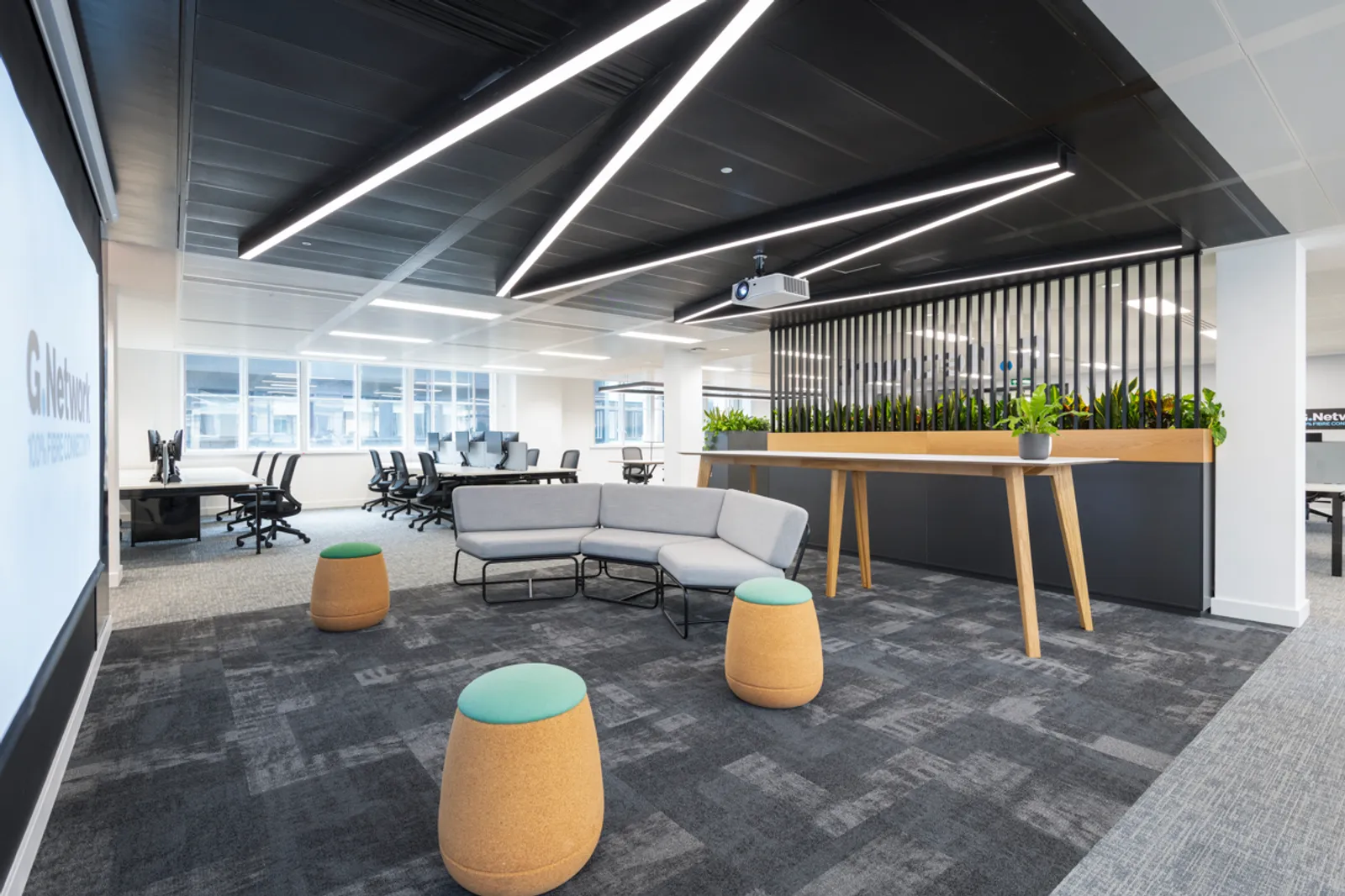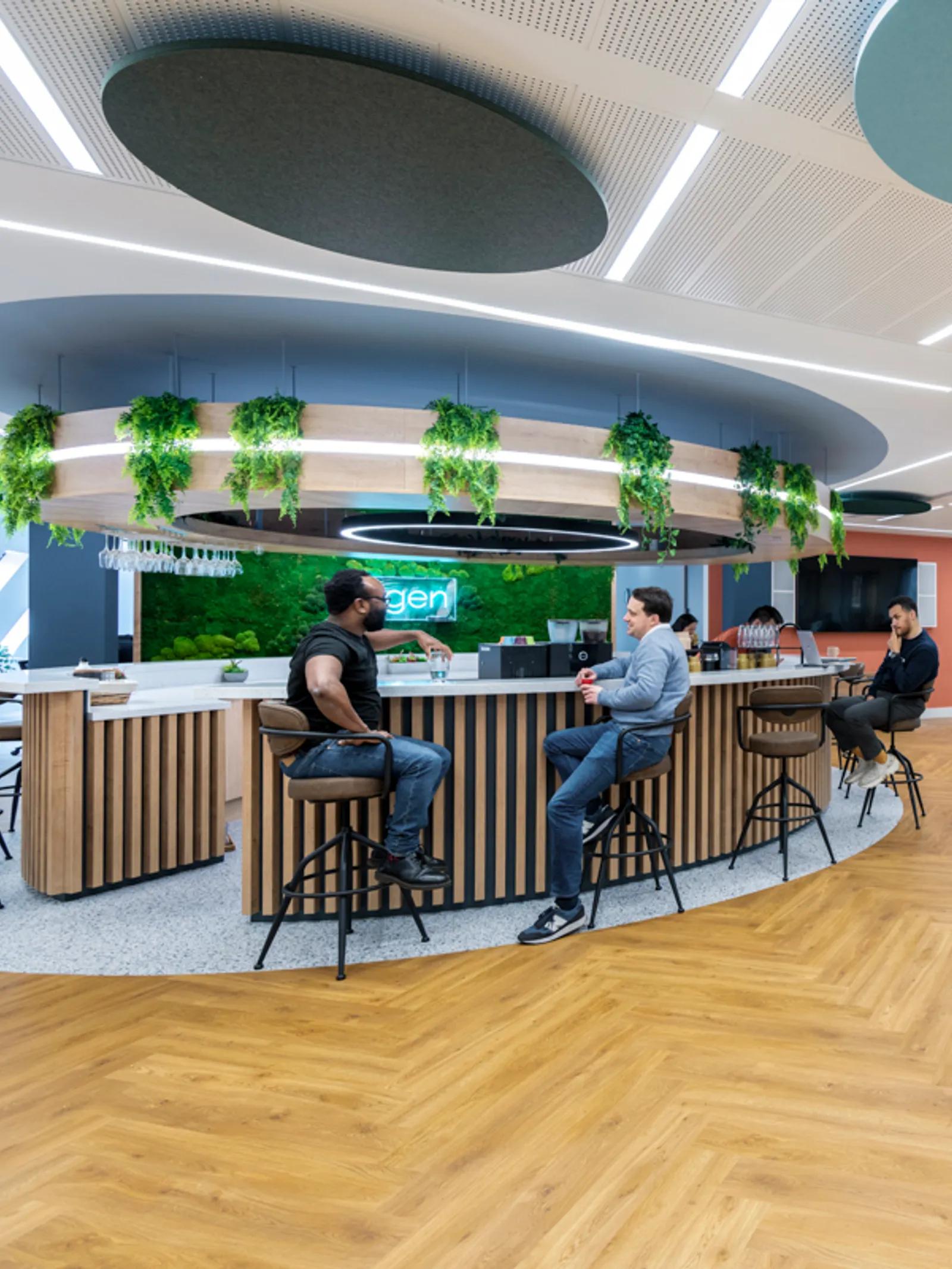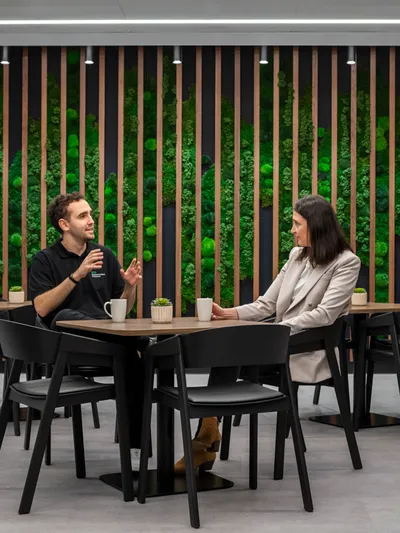Workplace MythBusters
2021 was the year of ‘Office Obsession’; and three years on, conversations around the future workplace have now become mainstream - it’s fantastic that so many people are now interested in discussing how to improve workplace culture and enhance the space we work in. After all, that’s what we’re about!
But with so much information out there - how do we filter to the bits that truly matter? How can we expel ‘Workplace Myths’ and use this insight to make and influence positive change in office design and culture?
The first step is to take a closer look at one of the ideas that is repeated and debated about to this day. The open plan office. In this article, we will delve into the idea of open plan office design and its advantages and disadvantages, challenging what’s best in office design as we move into 2024.
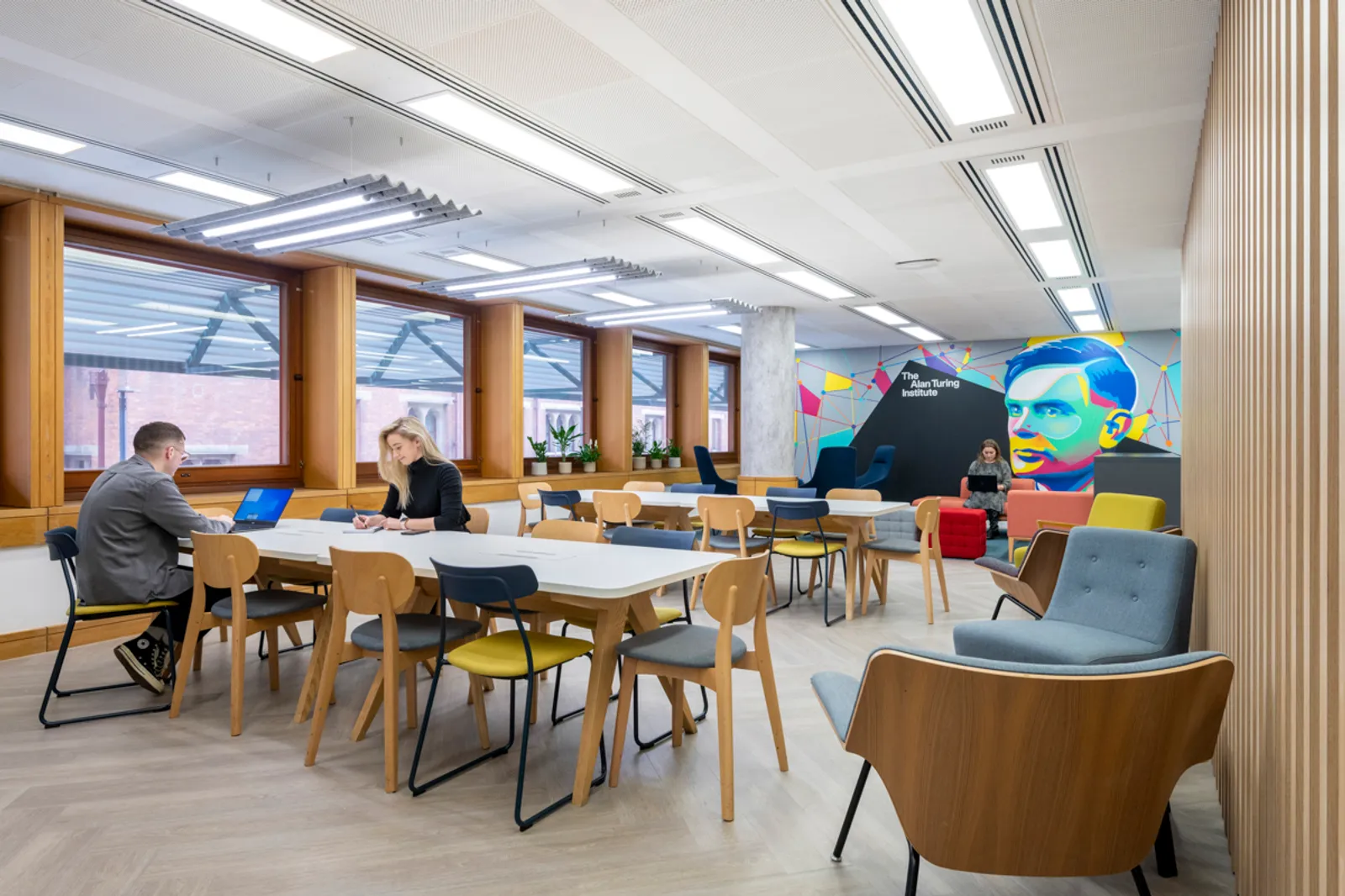
Open plan office advantages
Fostering a sense of community and collaboration
Open plan offices are designed to foster a sense of unity and collaboration among team members. The intentional design of open plan offices is a catalyst for spontaneous interactions - where an office fit out can match your functionality to build creative freedom. With workstations situated in an open environment, employees are more likely to engage in casual conversations and quick exchanges. This not only promotes a vibrant and energetic atmosphere but also facilitates the exchange of ideas in a more organic and immediate manner, contributing to increased creativity and innovation within the team.
This can also contribute to a more egalitarian atmosphere. The egalitarian nature of open plan offices is a key aspect of their design philosophy. In such a setting, employees, regardless of their position or title, share the same workspace. This deliberate elimination of hierarchical physical structures promotes a sense of equality. There are no corner offices or secluded workspaces reserved for specific roles, fostering a culture where every team member feels equally valued and accessible.

Cost efficiency and flexibility
An additional advantage of open plan office layouts is that they can provide flexibility in arranging workspaces. Without set partitions in place or permanently constructed areas, this can often allow for easy adaptation to changing team sizes and project requirements. It promotes a dynamic environment that can evolve with the organisation.
By eliminating the need for individual offices or cubicles with high partitions, the layout encourages a more fluid and flexible arrangement of workstations. This adaptability enables organisations to make the most out of every square foot, creating a workspace that is both functional and versatile.
Traditional offices with individual workspaces can sometimes lead to wasted or underutilised space. When moving into a new office, a more simplistic design will lead to a streamlined construction process, not only reducing the materials and labour required but also accelerating the timeline for completing the office setup. This can result in cost savings on both real estate and construction.

Increased natural light
Another consideration of the open plan office layout is that they can create a strategic emphasis on optimising natural light exposure throughout the workspace. By minimising enclosed spaces and barriers, sunlight can effortlessly permeate the entire area, reaching even the furthest corners. This deliberate approach to maximising natural light not only reduces the reliance on artificial lighting but also creates a brighter and more visually stimulating environment for employees.
Exposure to natural light can have a profound impact on mood. Employees working in spaces flooded with natural light are likely to experience improved morale, reduced stress levels, and an overall sense of wellbeing, caused by the release of serotonin triggered by the sunlight.
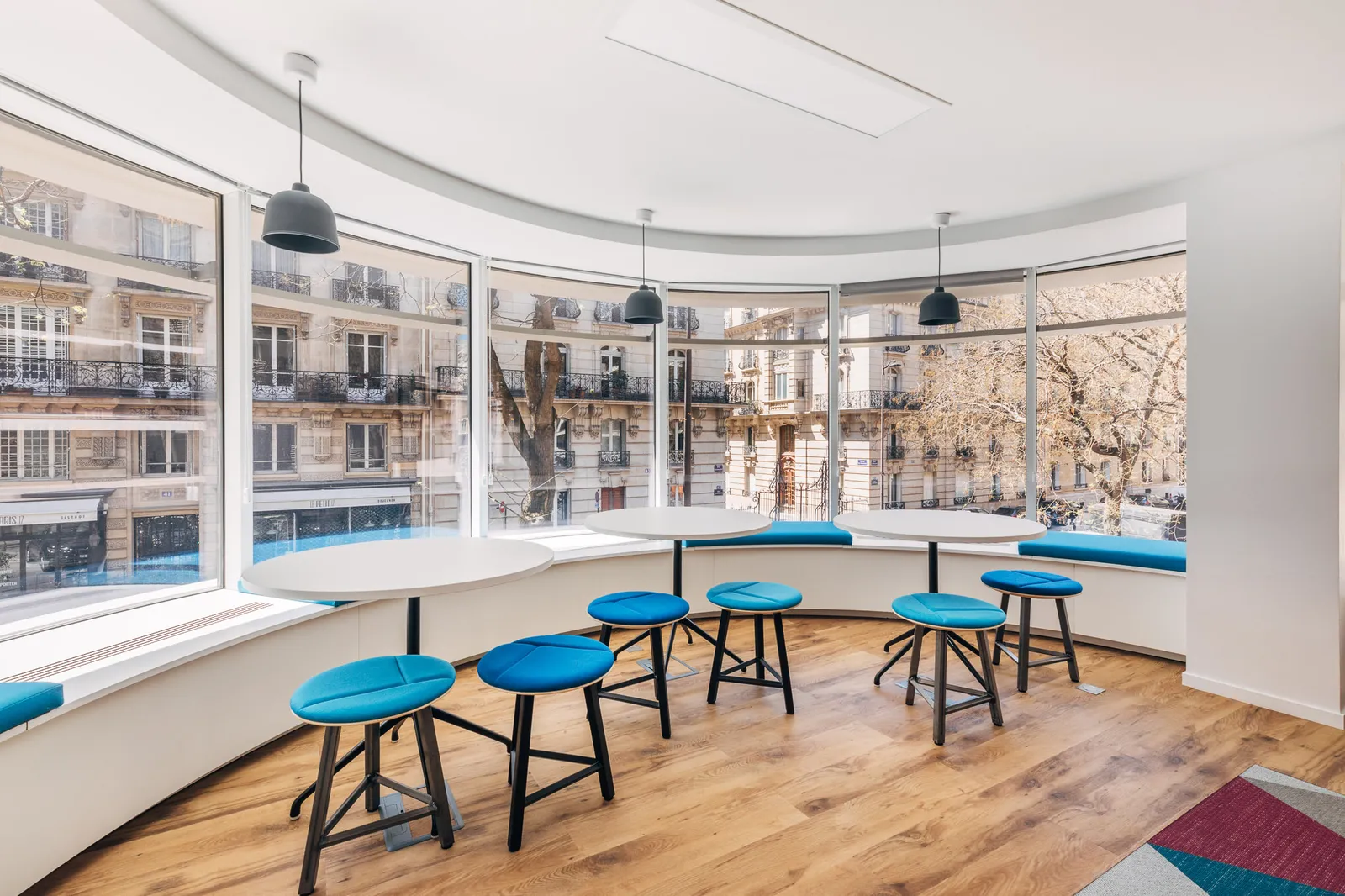
Open plan office disadvantages
Reduced productivity and inflexibility in hybrid working styles
Open plan layouts often sacrifice individual privacy. This can be detrimental for tasks that require deep concentration or confidentiality. Employees may feel exposed and find it challenging to concentrate on complex tasks. Many problems with an open plan office occur because people aren’t given enough alternatives when they need to escape the distraction of shared space.
The disadvantage to open plan offices is that they are often inflexible with modern working styles. With a reported 12% of people employed in the UK working hybridly in 2019, this number has now tripled with the latest reports showing that around 40% of people now experience hybrid working in 2023. Whether we will see this increase or decrease throughout 2024 is yet to be discovered.
Creating a workplace that motivates us to leave our homes will require a design approach focused on what drives behaviour, promotes human interaction and optimises effectiveness. An office design that features break out areas, phone booths and collaboration zones will offer an escape for those needing to connect with those working flexibly.
WORKTECH Academy’s 2021 Trend Report delved into the ‘phygital’ office, and how businesses will have to develop omnichannel collaboration methods and tools. David Schwarz, Creative Leader and Founding Partner of New York design agency HUSH, shares that “Everything can be redesigned to consider a future where experiences have to be both inspiring and safe, functional and experimental, in-person and virtual. We have to design what living in this dual reality will mean.”
A good open plan design will consider white noise speakers, sound-absorbing furniture choices and video conference software, forming a blended space that creates a seamless experience across physical and virtual spheres, blending open and closed plan offices to create a workable hybrid office.
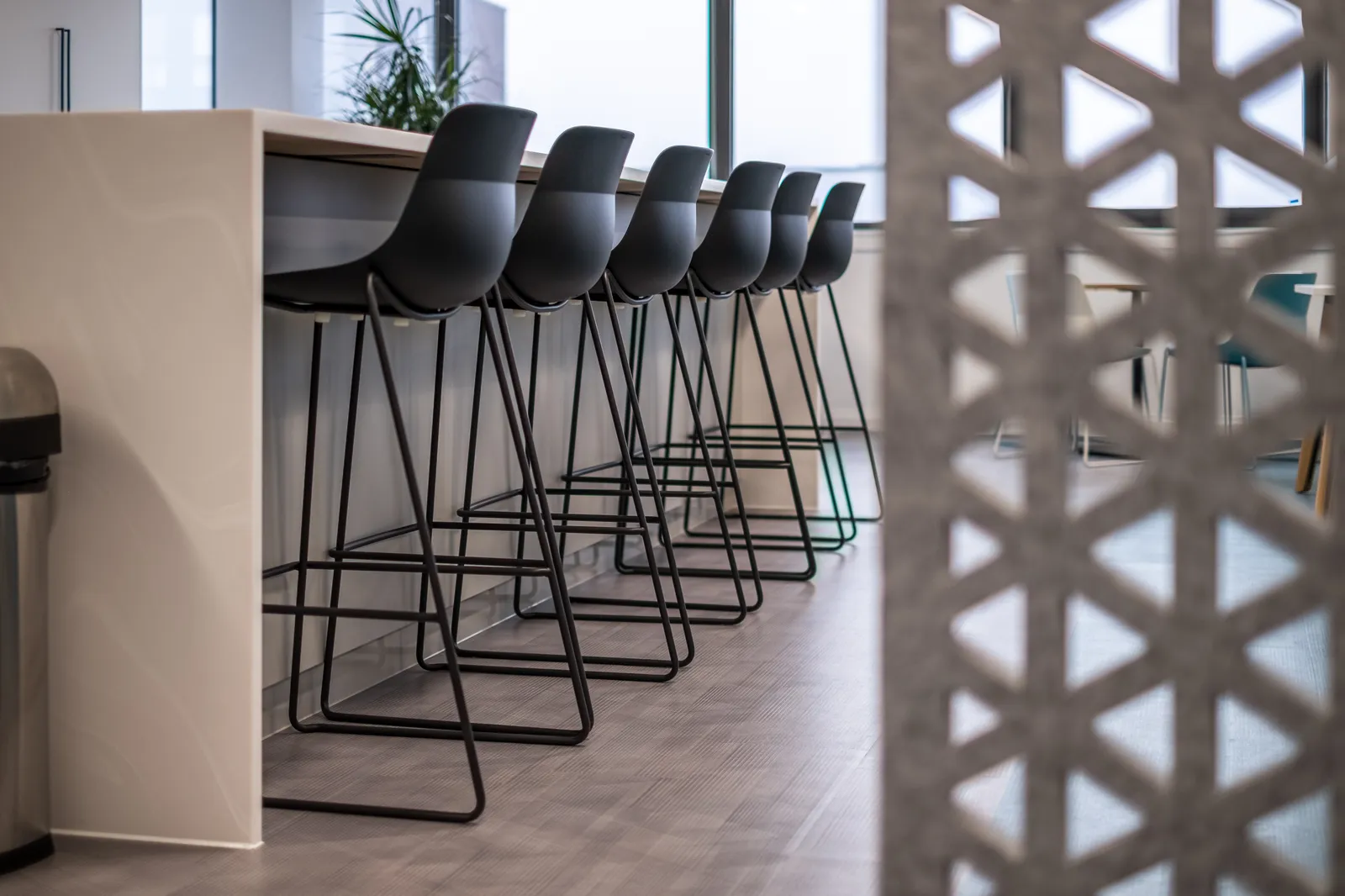
Health and wellbeing concerns
While open plan offices are designed to foster collaboration, they also come with challenges that can impact the wellbeing of employees. One significant issue is the continuous exposure to noise. In the absence of physical barriers, conversations, phone calls, and other ambient sounds can create a bustling environment, making it challenging for individuals to concentrate and work effectively. Constant visual stimulation from nearby activities can also be distracting, cause stress and hinder the ability to focus on tasks that require deep concentration.
To mitigate the negative impact on employee wellbeing, it is crucial to address these challenges through thoughtful design solutions. Incorporating dedicated quiet spaces within the open plan layout provides employees with a retreat where they can focus on individual tasks without disruptions. These spaces can be designed for solitary work, phone calls, or simply a moment of respite, offering a balance between collaboration and individual concentration that open plan office design lacks.
Another disadvantage to open plan offices is the potential for illnesses to spread quickly. With employees working in close proximity, the risk of contagion increases. If one team member falls ill, the close quarters and shared air can facilitate the rapid transmission of illnesses throughout the team. This can lead to increased absenteeism and a decline in overall team productivity.

A lack of personalisation
In an open plan setting, employees may have limited control over their immediate environment. This can hinder the ability to personalise workspaces, which is essential for some individuals to feel comfortable and motivated.
Personalisation allows employees to infuse their workspaces with elements that inspire creativity, enhance comfort, and foster a sense of ownership. It goes beyond mere aesthetics; it's about tailoring the immediate surroundings to align with individual work styles and preferences.
In open plan offices, the design often leans towards a standardised and uniform layout. With shared desks and limited control over the immediate surroundings, individuals may find it difficult to create a workspace that reflects their personality and preferences. This lack of autonomy can lead to a sense of detachment and hinder the development of a personalised, comfortable, and motivating work environment.
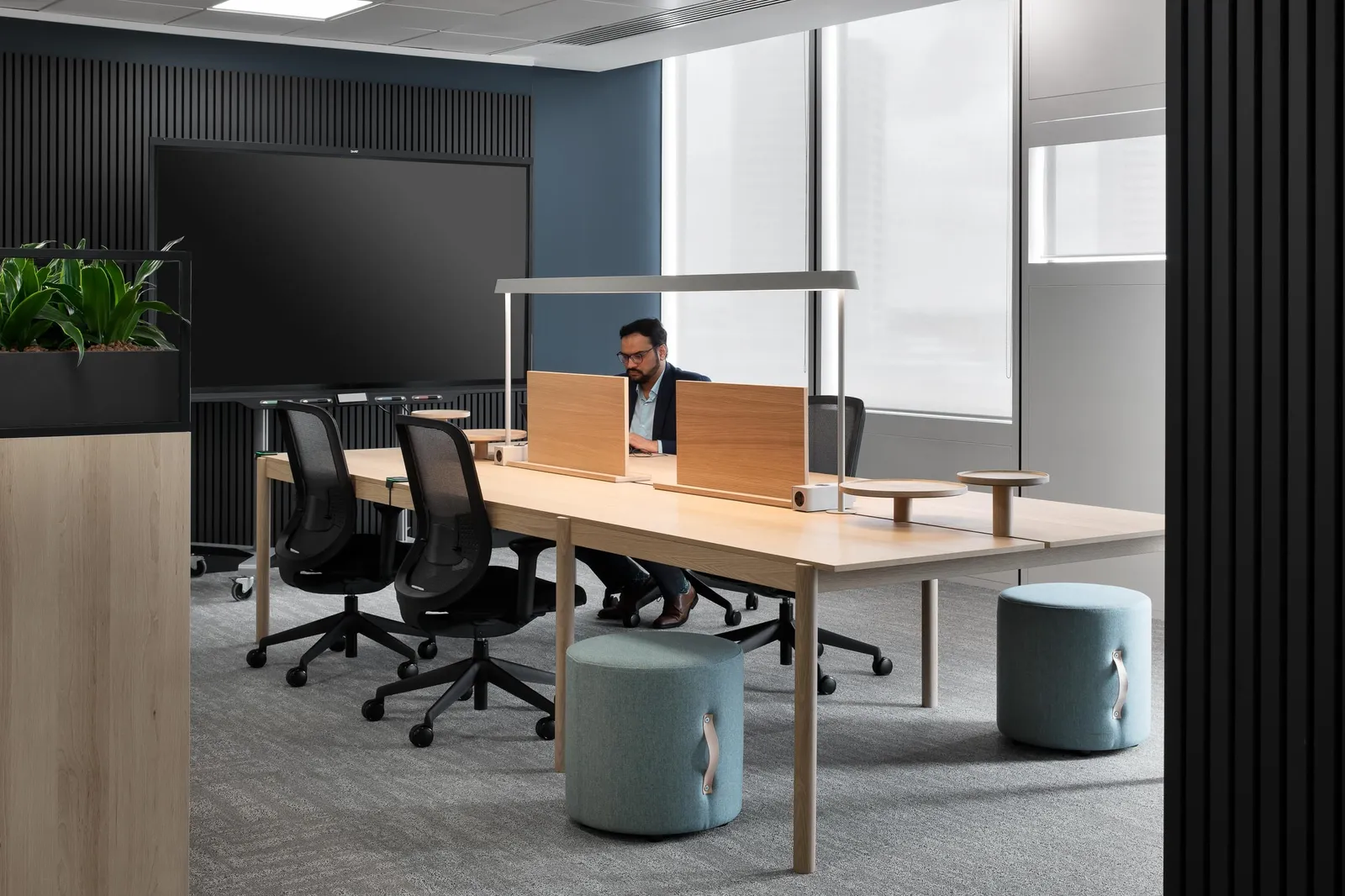
Does a hybrid working environment create a healthy workplace?
In a ‘Healthy Hybrid' report by Vitality - 85% of homeworkers believe that taking employee health and wellbeing seriously will be important when considering their career prospects.
The report makes a number of recommendations, including:
- Health and wellbeing needs to be included in company risk registers and prioritised at board level
- Organisations should schedule 30 minutes a day for exercise to protect musculoskeletal health
- Mandatory breaks and ‘right to disconnect’ policies are needed to protect hybrid workers from burnout and physical health issues.
The study offers a practical blueprint to help businesses deliver both inclusive productivity gains and a healthier, happier workforce. Despite living in a post-Covid world, mental health still remains the ‘long lockdown’ challenge, with the need for employers to continue to manage anxiety that is linked to returning to an office environment.
Office design continues to be a key consideration here to support employee needs and wellbeing.
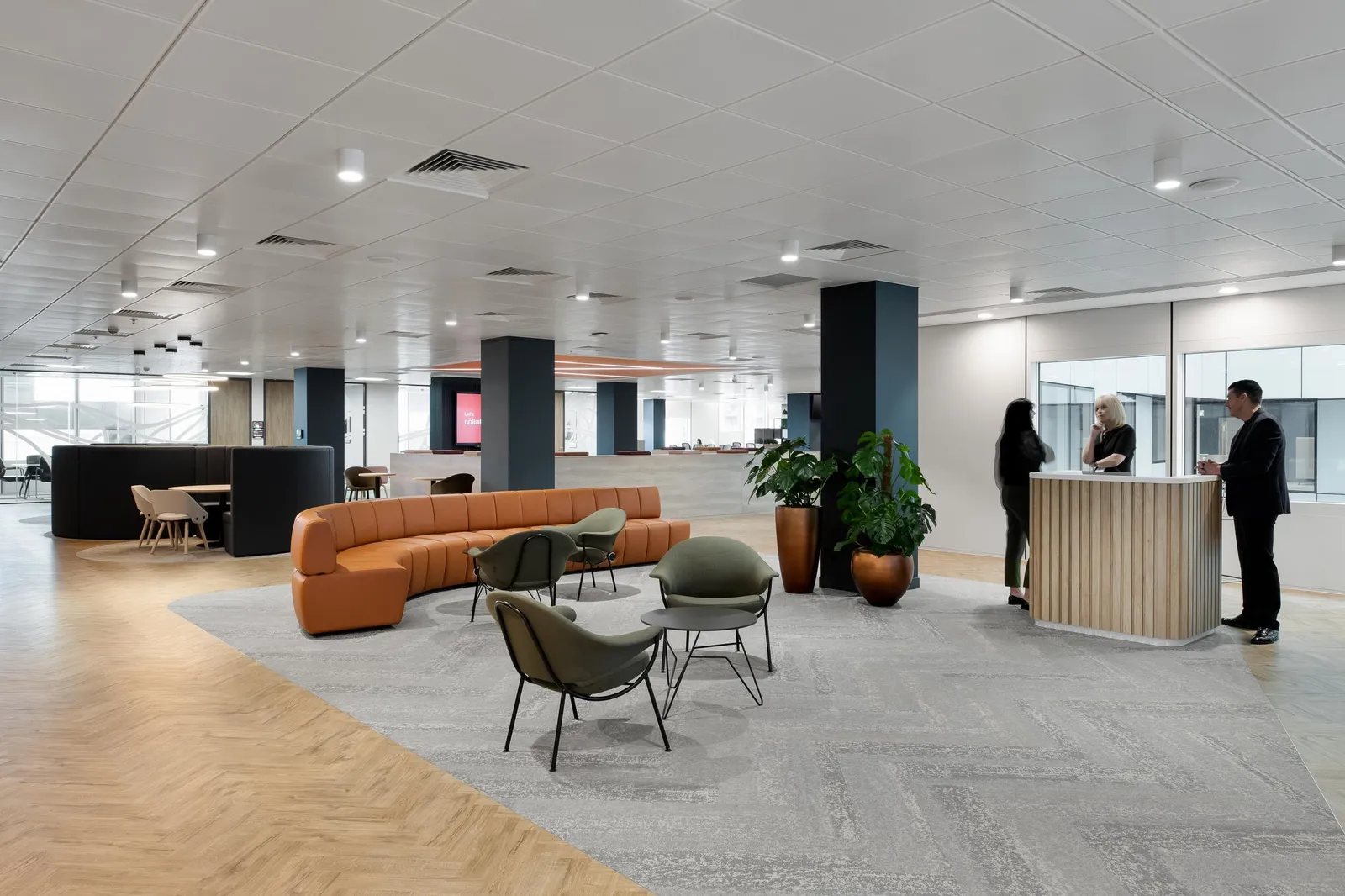
Create a future-proofed, open plan office that is optimised for employee wellbeing
Now that we have gone through the advantages and disadvantages of open plan offices, we can use these insights to design a workspace that addresses the needs of employees for both in-person and remote working, as well as mitigating the challenges that come with an open plan environment.
As experts in office design, with over 30 years of industry experience, we pride ourselves on our commitment to our clients to build and support a healthy, future-proofed working environment that caters to employee needs. We not only consider aesthetics but use data-driven results to enhance your workplace in a way that aligns with your business goals, KPIs and culture.
If you’d like to explore how Area can help you design an open plan office optimised for collaboration, productivity and flexible working, get in touch.
